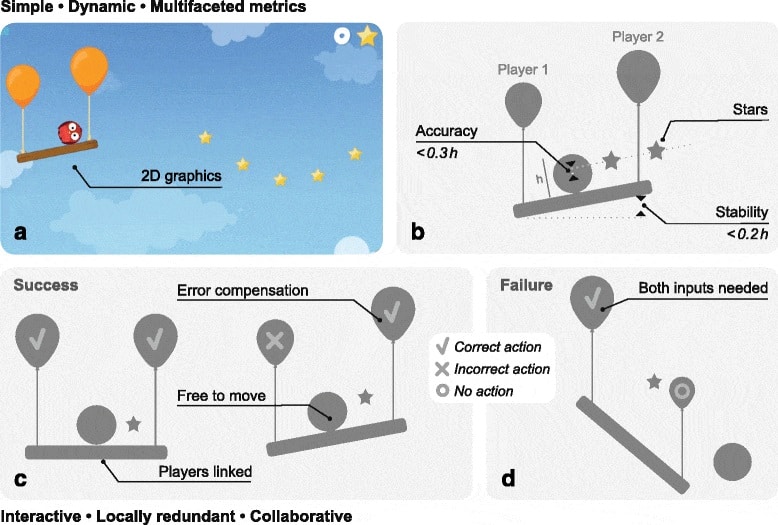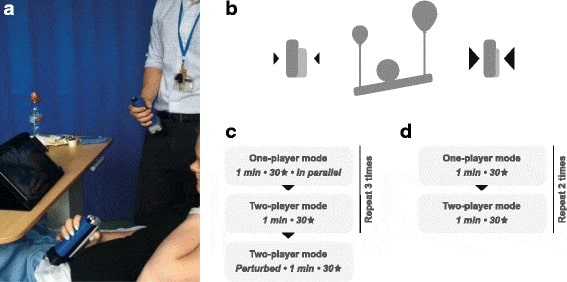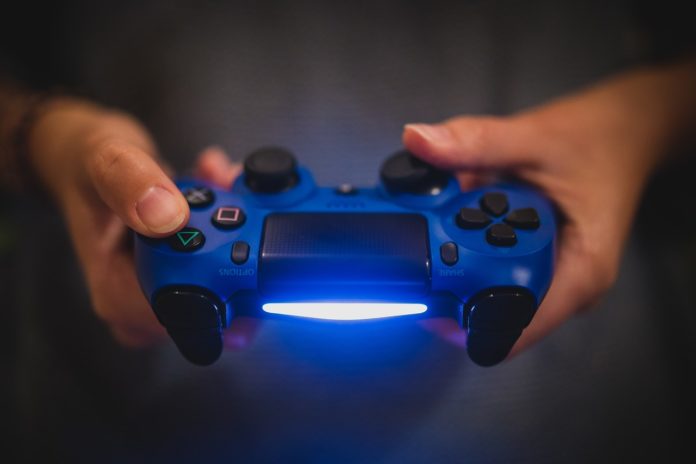Scientists at the Imperial College London have developed a video game dubbed Balloon Buddies, especially for physically impaired patients. The game mimics as a tool that helps patients to overcome conditions like a stroke to engage and play together with healthy volunteers.
Makers designed the game at the playing field level that asks healthy players to support the less able players. Such partnerships of good and less able players could be more rewarding and challenging for both. Both have to work together to score points continuously.

The game Balloon Buddies uses animation, sounds, and vibration feedback, similar to conventional video games. It can be played by balancing a ball on a beam, lifted at each end by balloons controlled by the players.
The main objective of it is to vary the height of the beam so that the ball collides with moving targets to collect points. Players must also work together to keep the beam horizontal so the ball doesn’t roll off the platform. It is played with a wireless handgrip called GripAble, enabling people with arm weakness to control video games on any standard tablet device.
Dr Michael Mace, lead author of the study, said, “Video games are a great way of providing repetitive exercise to help patients recover from debilitating illnesses. However, most games are designed for users to play on their own, which can actually discourage and isolate many patients.”
“We developed the Balloon Buddy game to enable patients to train with their friends, family or caregivers in a collaborative and playful manner. The technology is still being developed, but we have shown that playing jointly with another individual may lead to increased engagement and better outcomes for patients.”

During trials, scientists found that the execution of the patient was helped when they played with a solid volunteer, contrasted to the event that they were playing all alone. The poorer a patient’s single-player execution was, the more noteworthy the change was seen when they played with another in double-player mode.
According to scientists, this improvement could benefit patients to recover from other illnesses such as musculoskeletal injuries, arthritis, and cerebral palsy.
Scientists are further planning to develop the game alongside new multiplayer concepts. They will also examine if the game leads to more efficient learning. Moreover, they will explore social implications of interaction, such as the effect of patients playing with a relative versus a stranger.
